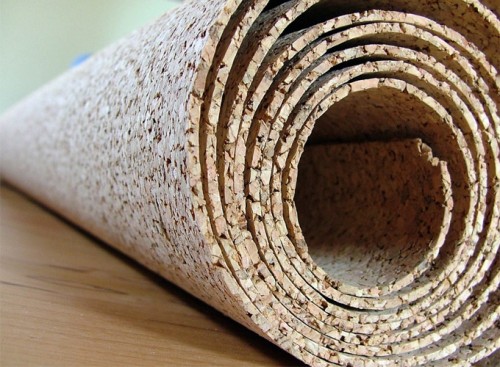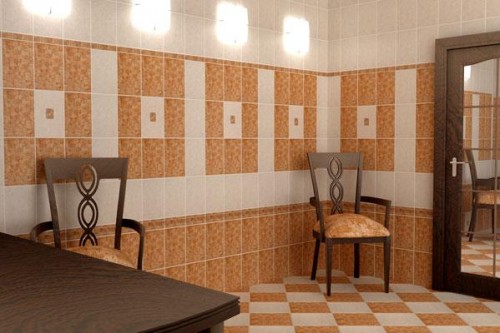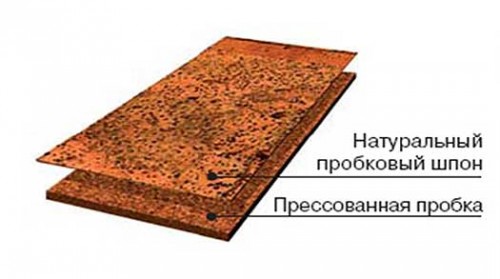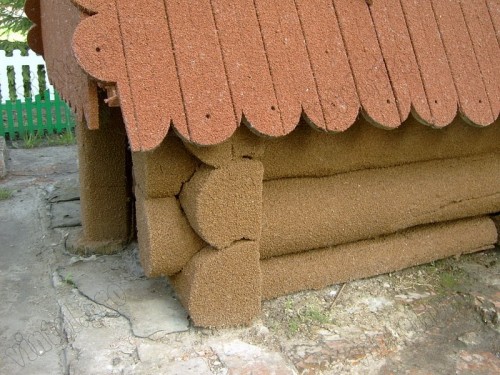
Cork cover for walls Walls,Building materials
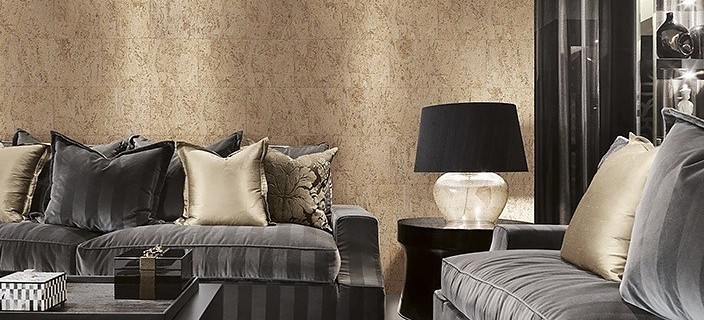
Every year the construction market offers its customers more and more new types of finishing materials. A cork cover for walls appeared relatively recently, which, despite its cost, is actively conquering every day of increasing popularity and love of buyers. What is a cork cover for walls and what is his advantages?
Content
Cork coating, his dignity
Cork coating is a natural building material that is produced on the basis of the cork of the cork tree, which grows on the territory of the Mediterranean, in most part in Portugal.
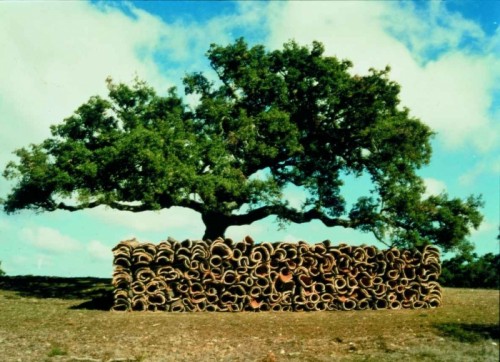
The plug is, in essence, a unique material that is used in various industries, as it has a lot of advantages, in particular:
- high strength, wear resistance and elasticity;
- impenetrabity for gases and liquids, so the cork does not absorb foreign smells, does not rot and does not contribute to the reproduction of harmful microorganisms;
- due to the peculiarities of their structure, excellent heat and sound insulation;
- ecology and hypoallergenia;
- antistatic, so the cork does not attract dust and is not electrified;
- unpretentious in care, the cork does not absorb such substances as fat, butter or acetone. He is not afraid of wet cleaning;
- excellent external characteristics, the tube is pleasant to touch and can cover any surface irregularities;
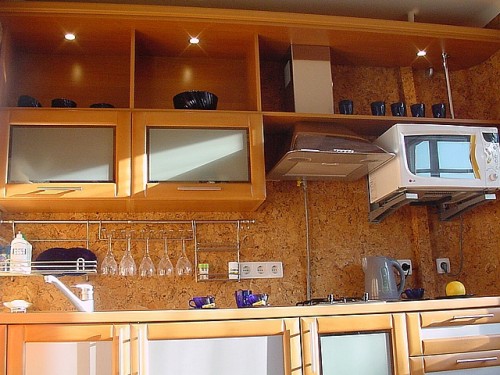 resistant to sudden changes in temperature and combustion processes.
resistant to sudden changes in temperature and combustion processes.
Types of slug coating for walls
There are several varieties of cork wall coverings.
cork wallpaper
Corkscreen wallpapers are a thin finishing roller material that has two types. Depending on the production technology distinguish:
- Cork wallpapers on a paper basis - are a cork veneer with a thickness of 0.5 mm, which is applied on paper. This is a more affordable option, easy to work, however, due to the thin plug layer, such wallpapers are more likely decorative function, as it is not suitable for wet rooms and have poor heat and sound insulation;
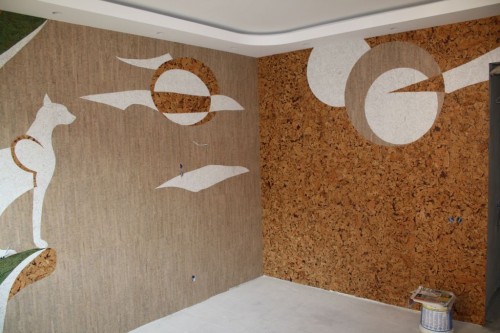 Corkscrew wallpapers without base - are made by hot pressing from a cut-off cortex cutting with various decorative splashes. Such wallpapers have a small thickness of about 2 mm and sold in rolls. They are less popular than the first option, as they are somewhat more expensive.
Corkscrew wallpapers without base - are made by hot pressing from a cut-off cortex cutting with various decorative splashes. Such wallpapers have a small thickness of about 2 mm and sold in rolls. They are less popular than the first option, as they are somewhat more expensive.
- Clay wallpapers are glued to enter each other on special adhesive for heavy wallpaper, for example, acrylic dispersion glue.
- The glue is applied to the wall and on the back side of the wallpaper.
- Special attention should be paid to the corners of the room.
- Wallpapers are cut in conventional scissors or an electric bike, the knife is not suitable for these purposes, as it can damage the material.
- In order to completely adhesive glue, it is about two days.
Cork cloth
This is another rolled material, which is those cork wallpapers that have a large width of 0.5-1 m and a length of up to 8 m. Unlike wallpaper, such a finishing material for the walls is less susceptible to physical abrasion.
Cork tile or plate
- This is the highest quality and expensive cork coating, which is also used in wet rooms, and also has not only decorative properties, but also, unlike two previous species, excellent heat and soundproofing characteristics.
- The cork tile has a thickness of about 3 mm and is made of plates of 600 × 600 mm from a granular cork.
- Often, cork tiles are treated with wax so that it can be used to finish the bathroom or in the kitchen.
- Such a cork coating has a different color gamut, which gives ample opportunities for the design of the premises.
Cork tile happens:
- single-layer;
- two-layer - is a combination of the main layer that sometimes with a decorative purpose is painted into different colors, with a top consisting of a compressed cork veneer. Thus, it is possible as a result to obtain a cork coating with color splashes.
- The cork tile is glued in the same way as both wallpapers, on acrylic dispersion glue either on PVA, biocles, etc., which are applied to the wall using a toothed spatula.
- Before you start the walls of the walls in such a material, it is necessary to mark the wall surface in advance for each tile.
- First glued the edges from below, then from the sides and the middle and after it is smoothed over the entire surface in order for the consequence there is no gaps on the place of the seams.
More details on the installation of cork tiles can be found in video
Sprayed cork coatings
In addition to the above types of cork coverage for the walls, a new revolutionary technology of trimming walls is also found, namely its spraying. It assumes the use of a conventional paint and a pistol for mastic, with the help of which a cork crumb with acrylic polymers and various pigments on the walls are spattered.
This is quite expensive pleasure, however, such walls in the end have a rather attractive appearance and differ in unprecedented resistance. Therefore, the sprayed coating can be applied even on the outer surfaces and the floor.




